What Is White Mold?
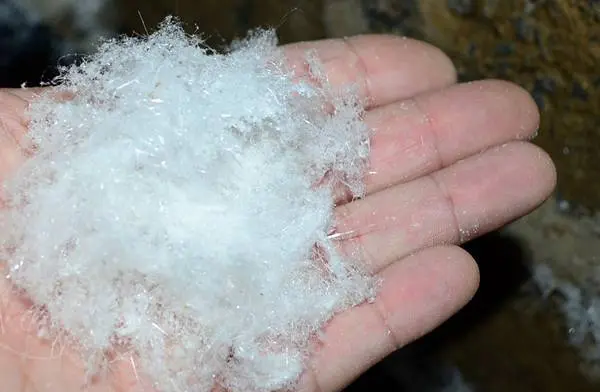
White mold is a type of fungus that grows in moist, humid environments, much like other molds. It’s often mistaken for mildew due to its color and texture, but it’s a more serious problem that can spread quickly and damage your home’s surfaces, including wood, drywall, and fabrics. White mold typically appears fuzzy or powdery, and while it can start as tiny white patches, it may turn into larger colonies if left unchecked. According to the EPA, mold of any kind thrives in environments where there is excess moisture, such as bathrooms, basements, and areas with water leaks.
Where Does White Mold Grow?
White mold is often found in damp, humid areas of the home. If you’ve experienced flooding, leaks, or high humidity, you’re more likely to encounter white mold. Some common locations include:
- Basements: Poor ventilation and moisture in basements create the perfect breeding ground for white mold to form on walls, floors, and stored items like cardboard boxes.
- Bathrooms: White mold can grow on tile grout, shower curtains, and around sinks where moisture lingers.
- Wood: Mold loves to grow on wood, especially in attics, crawl spaces, or furniture where humidity levels are high.
- Fabric and Upholstery: White mold can even grow on fabrics like curtains, upholstery, and carpets, particularly if they’ve been exposed to water.
Is White Mold Dangerous?
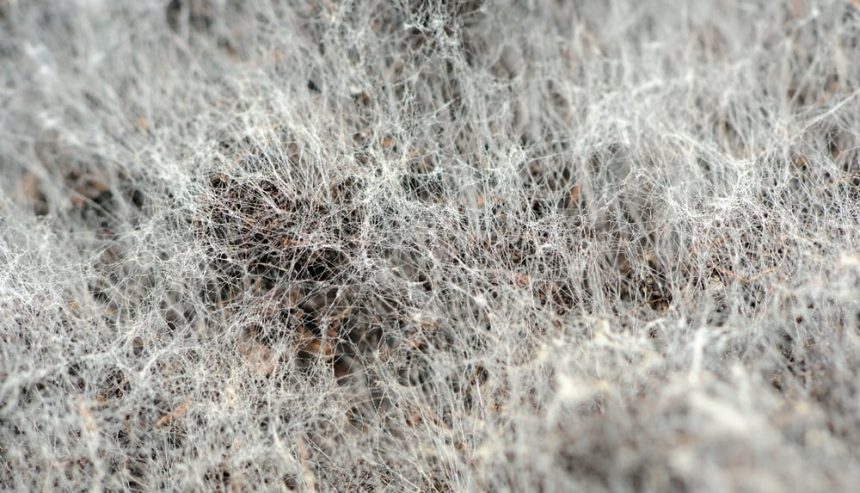
Yes, white mold can be dangerous. While it’s not always as toxic as black mold (Stachybotrys chartarum), it can still cause a range of health problems, especially for people with allergies, asthma, or weakened immune systems. According to CDC guidelines on mold and dampness, mold exposure—regardless of the type—can lead to respiratory issues, allergic reactions, and even skin irritation. Common symptoms of white mold exposure include:
- Coughing or sneezing
- Watery or itchy eyes
- Skin rashes or irritation
- Wheezing or shortness of breath
- Sinus congestion
In addition to health risks, white mold can cause significant property damage. Mold feeds on organic materials like wood, paper, and fabric, which means it can weaken the structure of your home over time if left untreated. If you suspect that white mold is present in your home, addressing it quickly is key to minimizing health risks and property damage.
How to Identify White Mold
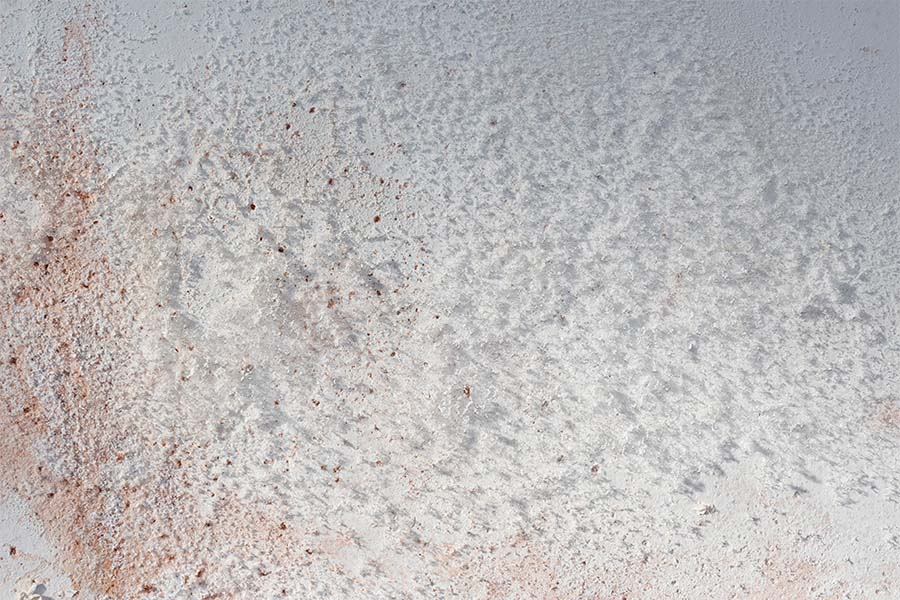
White mold can sometimes be confused with other substances like efflorescence, a mineral deposit left behind by water that dries on surfaces like concrete or brick. While both may look similar, there are a few ways to differentiate white mold from other materials:
- Texture: White mold tends to have a fuzzy or powdery texture, while efflorescence is typically crystalline and hard to the touch.
- Location: White mold grows on organic surfaces like wood, drywall, or fabric. Efflorescence, on the other hand, usually appears on masonry, concrete, or brick.
- Reaction to Water: If you spray water on white mold, it will absorb the moisture. Efflorescence does not absorb water and may even dissolve when exposed to it.
If you’re unsure whether you’re dealing with mold or another substance, it’s best to bring in professionals for an inspection. Citywide Mold Mitigation offers thorough mold inspections and testing to help you determine what’s growing in your home and the safest way to remove it.
How to Safely Remove White Mold
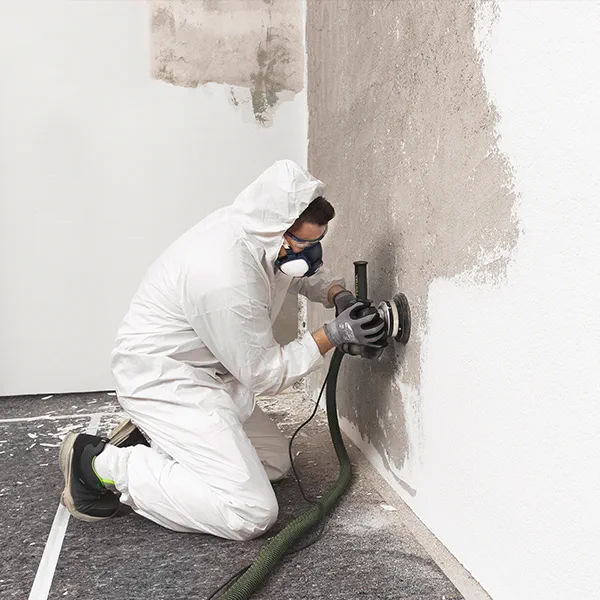
Removing white mold requires a careful approach to ensure that you don’t spread mold spores throughout your home or cause further contamination. Here’s how to safely kill and remove white mold from your home:
| Step | How to Do It |
|---|---|
| 1. Wear Protective Gear | Always wear gloves, an N95 mask, and protective eyewear when dealing with mold. Mold spores can become airborne and trigger allergic reactions or respiratory issues, so proper protection is essential. |
| 2. Contain the Area | Seal off the affected area with plastic sheeting to prevent mold spores from spreading to other parts of the house. Use a HEPA vacuum to capture any loose mold spores in the air. |
| 3. Apply a Cleaning Solution | Create a solution using one part white vinegar to one part water. White vinegar is a natural mold killer that works well on non-porous surfaces. For more porous surfaces like wood, add baking soda to your mixture for extra scrubbing power. |
| 4. Scrub the Mold | Use a scrub brush to remove the mold from the surface. Be gentle to avoid damaging the material underneath the mold. Allow the cleaning solution to sit for about 10-15 minutes before wiping it away with a clean cloth. |
| 5. Dry the Area Completely | After cleaning, use fans or a dehumidifier to dry the area completely. Mold thrives in moisture, so ensuring that the surface is completely dry is essential for preventing regrowth. |
For larger mold infestations or if you’re dealing with mold on porous materials that are difficult to clean, it’s always best to consult with mold remediation experts like Citywide Mold Mitigation to ensure that all mold is safely removed.
How to Prevent White Mold from Returning
After removing white mold, it’s important to take steps to prevent it from coming back. Mold thrives in moisture-rich environments, so controlling humidity and fixing any underlying water issues is key to preventing future mold growth. Here’s how:
1. Control Humidity Levels
Keep humidity levels in your home below 50% by using dehumidifiers in damp areas like basements and bathrooms. You can learn more about controlling humidity from the U.S. Department of Energy’s guide to home ventilation.
2. Fix Leaks Immediately
Leaks from plumbing, roofs, or windows can lead to mold growth if not repaired quickly. Address any leaks immediately to prevent moisture from creating a mold-friendly environment. The National Flood Insurance Program offers tips on water damage prevention and how to protect your home from leaks.
3. Ensure Proper Ventilation
Make sure high-moisture areas like kitchens and bathrooms are well-ventilated. Use exhaust fans to reduce moisture and open windows whenever possible to improve airflow.
When to Call Citywide Mold Mitigation for Help
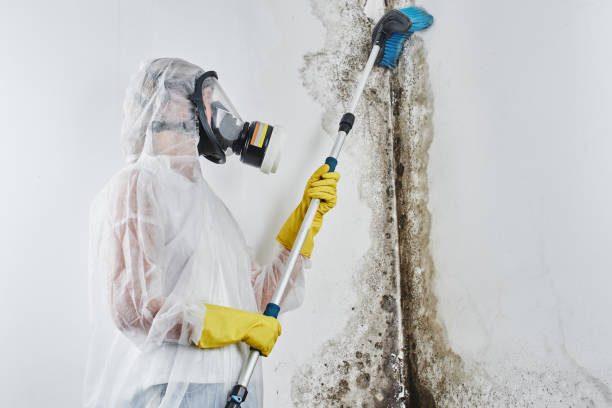
While DIY methods can be effective for removing small areas of white mold, larger infestations or mold that keeps coming back may require professional intervention. Mold can easily spread and may penetrate deep into porous materials like wood or drywall, making it difficult to remove entirely without specialized equipment and expertise. If white mold is causing significant issues in your home, it’s time to bring in the professionals.
Citywide Mold Mitigation offers comprehensive mold removal and remediation services. Our experienced team can safely and effectively eliminate white mold from your home, preventing future growth and ensuring your living environment is safe and healthy. Contact us today for a free consultation and mold inspection.
FAQ
| Question | Answer |
|---|---|
| Is white mold toxic? | While white mold may not be as toxic as black mold, it can still pose health risks, particularly for individuals with respiratory issues or allergies. Exposure to white mold can lead to coughing, sneezing, skin irritation, and other health problems. |
| What’s the difference between white mold and mildew? | White mold and mildew can look similar, but mildew typically grows flat on surfaces and is easier to clean. White mold tends to be fuzzier and can penetrate deeper into surfaces like wood, making it harder to remove. |
| Can I remove white mold myself? | Small patches of white mold can often be removed using a vinegar solution and proper cleaning techniques. However, if the mold covers a large area or is located in hard-to-reach spots, it’s best to contact professionals like Citywide Mold Mitigation for safe and thorough removal. |
| Does white mold spread quickly? | Yes, like other types of mold, white mold can spread rapidly in the right conditions. It thrives in moist, humid environments and can grow on wood, drywall, fabric, and other organic materials. |
| How can I prevent white mold from growing? | To prevent white mold, control humidity levels in your home, fix any leaks promptly, and ensure proper ventilation in moisture-prone areas like bathrooms and kitchens. Using a dehumidifier and regularly cleaning surfaces can also help prevent mold growth. |
Don’t let white mold take over your home. If you’re dealing with a mold problem that’s too large to handle on your own, contact Citywide Mold Mitigation for expert mold removal services. Our team is here to help you identify, remove, and prevent mold growth for good.

